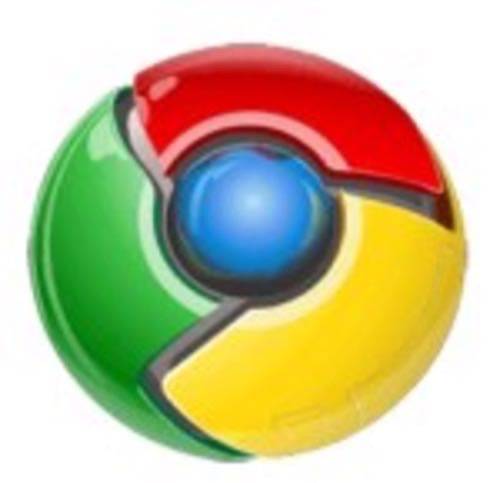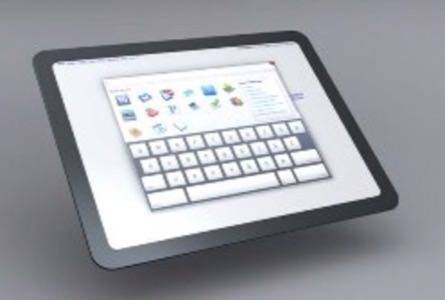Google’s upcoming Chrome operating system – a new OS that will, according to the search giant, arrive on netbook computers sometime later this year – is also going to offer a feature Google engineers have dubbed, unofficially, “chromoting.” What’s chromoting, you ask? It’s remotely accessing your PC applications via the browser. Or, in other words, it’s a remote desktop app for your new cloud computer.

Chromoting: Remoting In via Chrome
Initially uncovered by U.K. tech news site The Register earlier this week, the news comes directly from a Google engineer Gary Ka?mar?ík who posted the following on the Chromium Google Group, an online message board for discussing the open-source project behind the Chrome browser and Chrome operating system:
We’re adding new capabilities all the time. With this functionality (unofficially named “chromoting”), Chrome OS will not only be [a] great platform for running modern web apps, but will also enable you to access legacy PC applications right within the browser.
When pressed for more details, Ka?mar?ík also confirmed that the functionality would indeed be “something like” Remote Desktop Connection, a Windows technology that allows you to connect to a remote computer from the computer you’re currently using. One of the more popular uses for this technology in the past has been to access files and other network resources when away from the office.
Why? For Legacy App Access (Those Not on the Web)
But in Google’s case, the technology would be used to run so-called legacy applications that Chrome OS does not support. By “legacy,” Google means any application that doesn’t run in a Web browser like Google Chrome, which serves as the basis of the new Internet-only OS, also called Chrome.

What sort of things would this include then? The Adobe Creative Suite, perhaps, whose flagship program Photoshop is top among designers. Or maybe the full Microsoft Office suite, whose desktop programs are still more feature-rich than Google’s online Docs service or Microsoft’s own newly launched Office Web Apps. Video editing software and other processor-intensive applications also come to mind. But none of these are the types of applications you would typically think a netbook user would have need of, which makes the Chrome remote desktop feature even more intriguing.
Could chromoting’s inclusion hint at grander plans for Chrome OS? Perhaps as a new competitor to desktop and notebook computer operating systems like Microsoft Windows and Apple’s OSX instead of just a netbook alternative? After all, a netbook user is only interested in lightweight computing – a little email, some Facebook maybe, a bit of Web surfing. That’s why they bought a netbook in the first place – for casual activity, not full-on desktop-grade computing. Right?
Cloud Nearly Ready, Remote Desktop Stopgap Only
Then again, the world is turning to lightweight computing. So much can be done online these days. As Apple CEO Steve Jobs recently said at the D8 conference, we’re entering a “post-PC” era, referring to the eventual phase out of the personal computer in favor of lighter, more thin client-esque platforms like, of course, Apple’s new iPad tablet computer.
But where Jobs’ vision differs from Google’s is how the transition should occur. In the iPad’s case, for example, Apple simply stopped supporting the Flash plugin, referring to it as an outdated technology that had run its course. The more modern technology, HTML5, is supported on the iPad instead, explained Jobs in a recent memo. But Google, on the other hand, partnered with Adobe, makers of the Flash plugin, and has now integrated it into its Chrome browser. Simply cutting off users from the ability to view Flash content on the Web isn’t the answer, in Google’s mind. It would rather slowly transition everyone to plugin-free standards like HTML5 while still supporting technology that people use today.
You can see the same mindset here at play with this remote desktop feature. Like HTML5, the cloud is almost ready to support this new computing paradigm. But until then, Google will provide access to the legacy applications, the PC-based holdouts of the soon-to-be-bygone era.
As for Google’s response to this perhaps unintentional leak? A spokesperson will only reiterate, word-for-word, what Ka?mar?ík had already posted.










